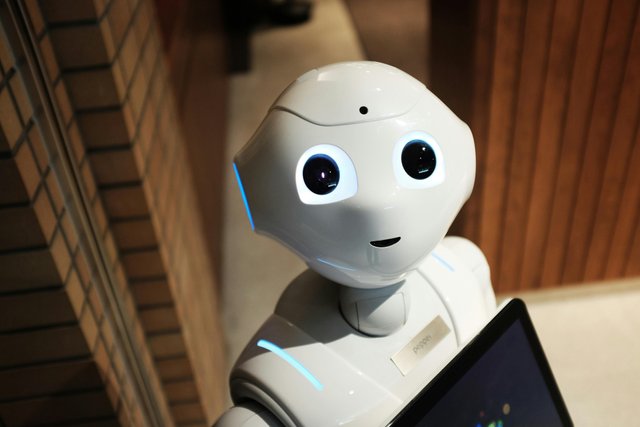How AI and Machine Learning Work
Artificial Intelligence (AI) and Machine Learning (ML) are revolutionizing the world around us. From voice assistants like Siri to recommendation algorithms on Netflix, these technologies make computers "smarter" in ways that mimic human thinking. But how do they really work? Let’s dive into the basics.
1. What is Artificial Intelligence (AI)?
AI refers to the ability of a machine or program to perform tasks that usually require human intelligence. These tasks include recognizing speech, solving problems, and making decisions. AI can be rule-based (following predefined instructions) or adaptive, learning from experience.
2. What is Machine Learning (ML)?
Machine Learning is a subset of AI where machines learn patterns from data rather than being explicitly programmed. Imagine teaching a dog to recognize objects: you show it many examples until it learns to differentiate between a ball and a shoe. ML works similarly — the algorithm studies thousands (or even millions) of examples to understand how to perform a task.
3. How Do Machines Learn?
There are three major types of Machine Learning:
Supervised Learning:
- In supervised learning, the machine learns from labeled data. For example, a dataset with images labeled as "cat" or "dog" helps the model understand the difference between these two.
- Example: Spam filters use labeled emails to learn which ones are spam.
Unsupervised Learning:
- Here, the machine tries to identify patterns without labels. It groups data points based on similarities.
- Example: Customer segmentation by online stores, grouping shoppers based on purchase behavior.
Reinforcement Learning:
- The machine learns by trial and error, receiving rewards for correct actions and penalties for incorrect ones.
- Example: Google’s DeepMind used reinforcement learning to beat human players in games like Go.
4. Key Concepts in Machine Learning
- Algorithms: Algorithms are like recipes — they tell the computer how to find patterns in data. Popular algorithms include decision trees, neural networks, and support vector machines (SVMs).
- Training and Testing: The machine first trains on a dataset, learning patterns, and is later tested on new data to see how well it learned.
- Neural Networks: These are layers of algorithms designed to mimic how the human brain works. Neural networks power advanced AI systems like chatbots and image recognition software.
5. Real-Life Applications of AI and ML
- Voice Assistants: Siri and Alexa recognize speech using ML models that learn from vast datasets of spoken language.
- Self-Driving Cars: Autonomous vehicles use AI to detect objects, predict movements, and make driving decisions in real time.
- Healthcare: AI analyzes medical images and helps doctors diagnose diseases more accurately.
- Finance: Banks use ML to detect fraudulent transactions and predict stock market trends.
- Social Media: Platforms like Instagram and Douyin use recommendation algorithms to suggest posts and videos tailored to user interests.
6. Challenges of AI and Machine Learning
While AI and ML offer many benefits, they also come with challenges:
- Bias in Data: If the training data contains biases, the AI may produce biased outcomes.
- Data Privacy: Collecting large amounts of data can lead to privacy concerns.
- Explainability: It can be difficult to understand how complex ML models make decisions, making it hard to trust them in critical applications.
7. The Future of AI and ML
The future of AI is exciting! Researchers are working on technologies like General AI, which could perform any intellectual task a human can. Meanwhile, quantum computing may take ML to a whole new level by handling calculations far beyond what current computers can achieve.
Conclusion
AI and Machine Learning are transforming industries by giving machines the power to learn and improve from experience. Whether in healthcare, entertainment, or transportation, AI is changing the way we live, work, and interact with the world. As these technologies continue to evolve, they promise a future filled with possibilities—and challenges—that humanity must navigate thoughtfully.
Let me know if this version fits your needs or if you'd like any changes!
